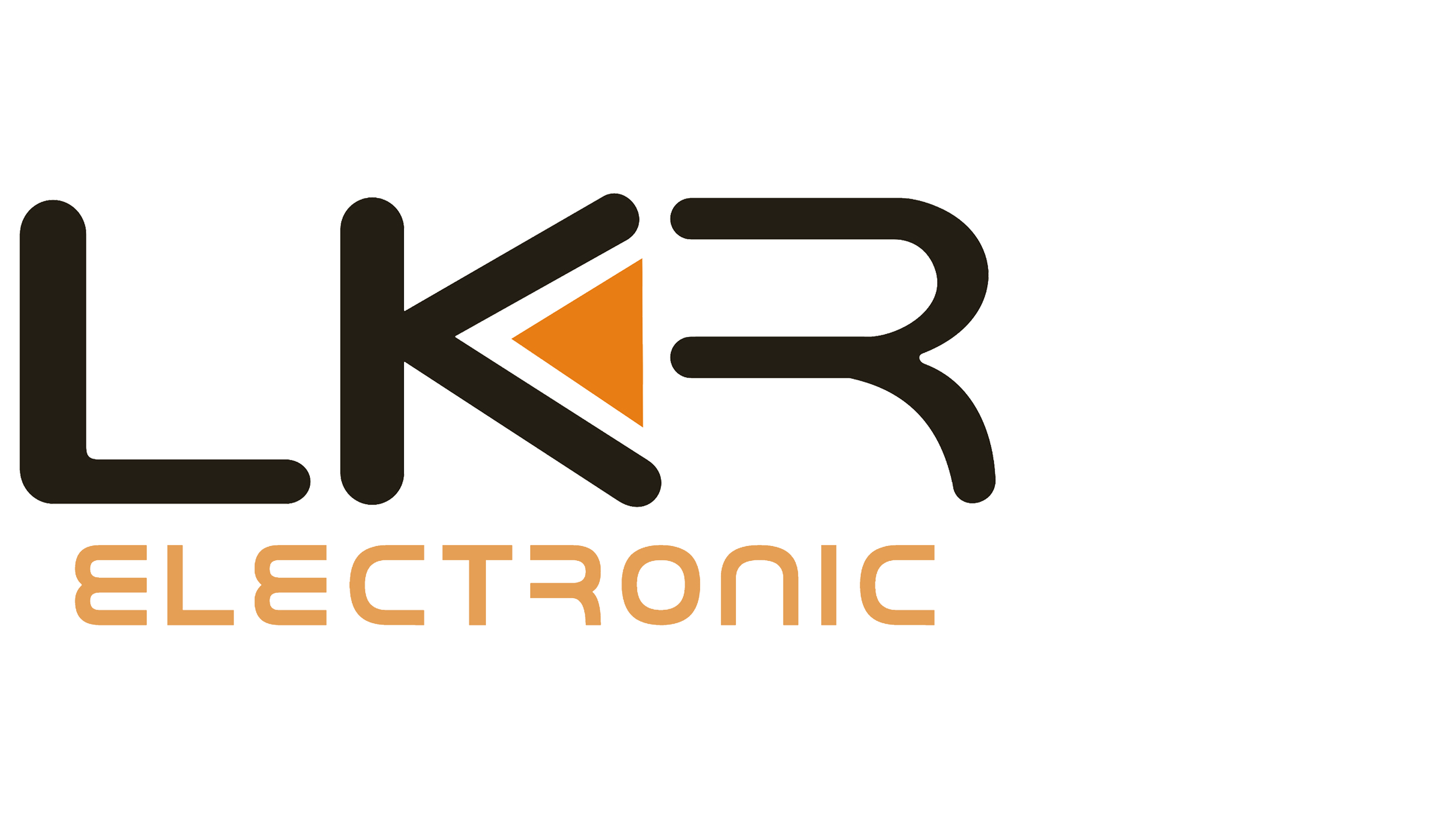Develop innovative dimmable switching technology: improve lighting efficiency and user experience
What's a dimmer switch?
A dimmer switch, commonly known as a dimmer switch, is a switch that allows the user to manually adjust the brightness of the light. By using the dimmer switch, users can adjust the intensity of indoor lighting according to their needs or preferences. This not only helps to create a different atmosphere, but also saves energy and extends the life of the bulb.
Dimmer switches are usually equipped with knobs, sliders, or touch interfaces through which the current flowing to the fixture can be increased or decreased, thereby changing the brightness of the light. Some modern dimmer switches can also be controlled via remote control, a smartphone app, or a voice assistant, making them more convenient and intelligent.

The working principle of the dimmer switch
The working principle of the dimmer switch is based on controlling the current flow through the bulb, thereby adjusting the brightness of the light. This process can be achieved through several different techniques, the most common of which include phase control and pulse width modulation (PWM).
Phase control
Phase control is the most common technique used in dimming switches, especially in incandescent and halogen lamp applications. It works by cutting off part of the alternating current (AC) waveform. The phase of the current is cut off, either in the first half of the waveform (front trigger) or the second half (back trigger). This method reduces the brightness of the light by reducing the total electrical energy received by the bulb. For each AC cycle, the longer the current is cut off, the less current passes through the bulb and the dimmer the light.
Pulse width modulation (PWM)
PWM is another technology used in dimming switches, especially in LED and fluorescent applications. This technique works by turning the current on and off at very short intervals, thereby controlling the total energy output of the light. The current is switched on and off at a very high frequency, causing the light to flash rapidly at imperceptible speeds. By adjusting the duration of the current opening (pulse width), the total energy reaching the bulb can be controlled, thus adjusting the brightness. The advantage of PWM is that it can provide smoother and wider dimming capabilities while maintaining the efficiency of the power supply.
Both technologies allow dimmer switches to precisely control lighting brightness to meet the needs of different environments and situations. With proper dimming technology, the flexibility and energy efficiency of lighting use can be greatly improved, while enhancing the user's comfort experience.
The shape of the dimmer switch is diverse and can be designed
The appearance and design of dimmer switches can vary depending on the manufacturer and model, but generally they usually contain several common design elements. Traditional dimmer switches usually have a knob or slider, which the user rotates or slides to adjust the brightness of the light. The panels of these switches may be made of plastic or metal and come in a variety of colors and styles to match different interior decoration styles.
In modern homes, intelligent dimmer switches are becoming more and more popular. Such switches may include touchscreen panels or push-button interfaces that are compatible with smart Home systems such as Amazon Alexa or Google Home and can be controlled remotely or by voice. Smart dimmer switches often have a more modern look, such as sleek glass panels and minimalist designs, designed to blend into the high-tech environment of the modern home.
The technical specifications of the dimmer switch mainly include the following aspects
1. Voltage and current capacity: This refers to the maximum voltage and current that the switch can withstand, usually in volts (V) and amperes (A). These parameters determine the type and number of lamps that the switch can control.
2. Compatibility: Compatibility of the switch for different types of light bulbs (such as incandescent, halogen, LED, etc.). Not all dimmer switches are compatible with all types of light bulbs, especially LED lights, as they may require specific dimming technology.
3. Dimming range: The brightness range that the dimmer switch can adjust, usually expressed as 0% to 100%. Some advanced models provide finer brightness control.
4. Control mode: including physical control (such as knob, slider), touch screen control or remote control through wireless technology (such as Wi-Fi, Bluetooth).
5. Size and installation requirements: the physical size of the switch and the adaptability installed in the standard electrical box.
6. Power loss: Energy consumption performance of the switch in the dimming process.
7. Features and functions: Additional features may include timers, scene Settings, voice control compatibility (such as integration with Amazon Alexa or Google Assistant), and other smart home system integration capabilities.
Understanding these technical specifications can help users choose the right dimmer switch according to their needs, ensuring that it is compatible with the lighting system of the home or office, while meeting the needs of aesthetics and functionality.
Dimmer switch vs traditional switch
There are several major differences between dimmer switches and traditional switches in terms of functionality, application, and user experience:
1. Different functionality
Dimmer switch: Allows the user to adjust the brightness of the light, thereby controlling the intensity of the light. This dimming feature allows users to create different atmospheres according to their needs and also contributes to energy conservation.
Traditional switch: provides only the basic on/off function, can not adjust the light brightness.
2. Energy efficiency
Dimmer switch: By reducing the brightness of the light, energy consumption can be significantly reduced, thus saving electricity bills. Proper brightness adjustment can also extend the service life of the lamp.
Traditional switch: There is no energy-saving function, the bulb always runs at full power, without considering the actual need.
3. User experience difference
Dimmer switch: Provides more control options to enhance the user experience. Modern dimmer switches can also be integrated into smart home systems to achieve remote control and automation functions.
Traditional switch: simple operation, but a single function, can not provide flexible lighting options.
4. Installation and cost
Dimmer switch: Installation can be complex, need to ensure the compatibility of lamps and switches. The initial cost is usually higher than a conventional switch, especially when choosing a smart dimmer switch.
Traditional switch: Easy to install, low cost, suitable for most standard lighting systems.
5. Technical compatibility
Dimmer switch: It is necessary to ensure compatibility with the bulb, especially LED lights, because not all LED lights support dimming.
Conventional switch: Compatible with all types of bulbs without special consideration.
In short, the dimmer switch provides more flexibility and control for users who want to create a specific atmosphere or save energy. Traditional switches are widely used in a variety of environments because of their simplicity and cost-effectiveness.
The advantages of the dimmer switch are obvious
The advantages of the dimmer switch are expressed on multiple levels, not only improving the flexibility of light use, but also bringing energy efficiency and modern convenience.
Flexibility and atmosphere control: The dimmer switch provides the ability to adjust the brightness of the light, enabling users to create the right environment for different occasions or moods. For example, reduce light brightness when watching a movie or increase it when reading to meet visual comfort and functional needs. This dimming feature is especially useful for family rooms, galleries or restaurants, and can be easily switched to a light intensity suitable for any event.
Energy saving and economic benefits: By adjusting the brightness of the light, the dimmer switch can effectively reduce energy consumption, thereby reducing electricity bills. Lower brightness means lower current requirements, which not only saves money, but also helps extend the life of the bulb, reducing replacement frequency and associated maintenance costs. This energy saving effect is an advantage that cannot be ignored for households and businesses that are aware of energy costs and environmental protection.
Technology Integration and Intelligent control: Modern dimmer switches often support integration with smart home systems, including remote control capabilities and interoperability with other smart devices. Users can control the lights through mobile apps, voice commands or automated scenarios, which increases the ease of use. For example, the lighting Settings of the home can be adjusted through the mobile phone outside the home, or automatically adjusted to the preset brightness level when entering the room, improving the intelligent and personalized experience of life.
Dimmer switches not only improve the functionality and flexibility of lighting, but also bring long-term economic and technological benefits, making them ideal for improving the quality of living and working Spaces.
Conclusion
In summary, the dimmer switch is a key component to improve the performance of modern lighting systems, not only because of its energy saving and environmental characteristics, but also because of its ability to improve the quality of living and working environments. With the advancement of technology and the increase of user demand, the application and function of dimmer switches are expected to further expand and deepen.











